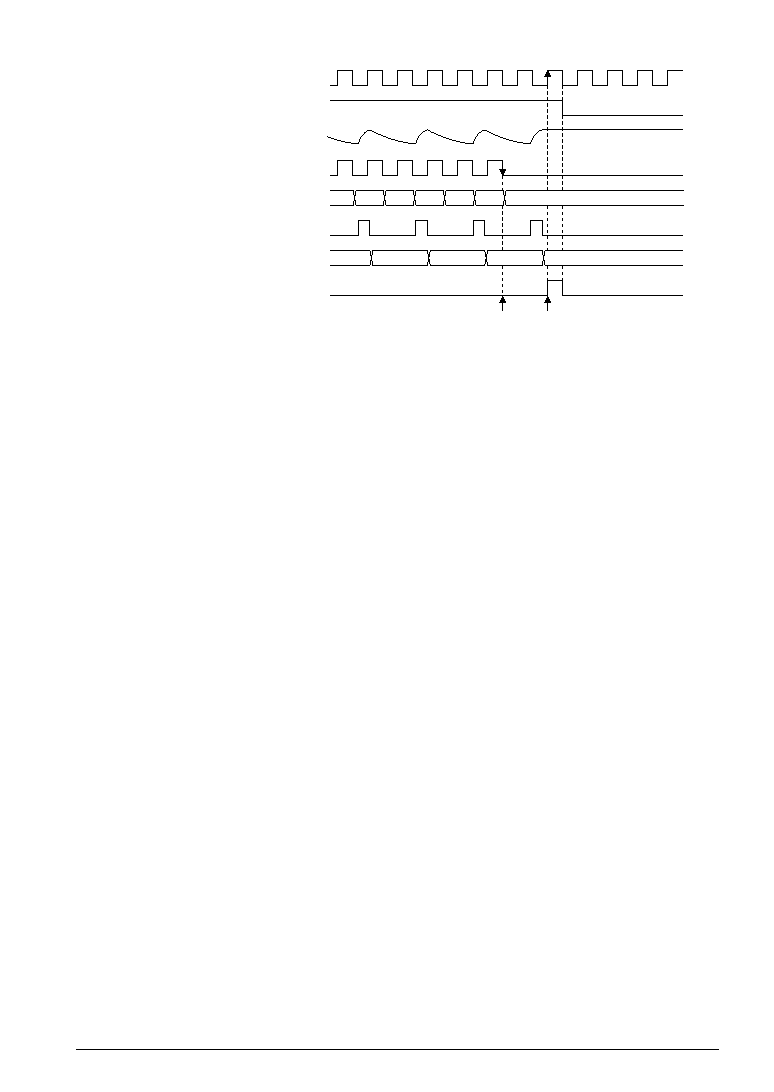- 您現(xiàn)在的位置:買(mǎi)賣(mài)IC網(wǎng) > PDF目錄98068 > S1C621C0D 4-BIT, MROM, 1.3 MHz, MICROCONTROLLER, UUC74 PDF資料下載
參數(shù)資料
| 型號(hào): | S1C621C0D |
| 元件分類(lèi): | 微控制器/微處理器 |
| 英文描述: | 4-BIT, MROM, 1.3 MHz, MICROCONTROLLER, UUC74 |
| 封裝: | DIE-74 |
| 文件頁(yè)數(shù): | 71/108頁(yè) |
| 文件大?。?/td> | 992K |
| 代理商: | S1C621C0D |
第1頁(yè)第2頁(yè)第3頁(yè)第4頁(yè)第5頁(yè)第6頁(yè)第7頁(yè)第8頁(yè)第9頁(yè)第10頁(yè)第11頁(yè)第12頁(yè)第13頁(yè)第14頁(yè)第15頁(yè)第16頁(yè)第17頁(yè)第18頁(yè)第19頁(yè)第20頁(yè)第21頁(yè)第22頁(yè)第23頁(yè)第24頁(yè)第25頁(yè)第26頁(yè)第27頁(yè)第28頁(yè)第29頁(yè)第30頁(yè)第31頁(yè)第32頁(yè)第33頁(yè)第34頁(yè)第35頁(yè)第36頁(yè)第37頁(yè)第38頁(yè)第39頁(yè)第40頁(yè)第41頁(yè)第42頁(yè)第43頁(yè)第44頁(yè)第45頁(yè)第46頁(yè)第47頁(yè)第48頁(yè)第49頁(yè)第50頁(yè)第51頁(yè)第52頁(yè)第53頁(yè)第54頁(yè)第55頁(yè)第56頁(yè)第57頁(yè)第58頁(yè)第59頁(yè)第60頁(yè)第61頁(yè)第62頁(yè)第63頁(yè)第64頁(yè)第65頁(yè)第66頁(yè)第67頁(yè)第68頁(yè)第69頁(yè)第70頁(yè)當(dāng)前第71頁(yè)第72頁(yè)第73頁(yè)第74頁(yè)第75頁(yè)第76頁(yè)第77頁(yè)第78頁(yè)第79頁(yè)第80頁(yè)第81頁(yè)第82頁(yè)第83頁(yè)第84頁(yè)第85頁(yè)第86頁(yè)第87頁(yè)第88頁(yè)第89頁(yè)第90頁(yè)第91頁(yè)第92頁(yè)第93頁(yè)第94頁(yè)第95頁(yè)第96頁(yè)第97頁(yè)第98頁(yè)第99頁(yè)第100頁(yè)第101頁(yè)第102頁(yè)第103頁(yè)第104頁(yè)第105頁(yè)第106頁(yè)第107頁(yè)第108頁(yè)

S1C621C0 TECHNICAL MANUAL
EPSON
57
CHAPTER 4: PERIPHERAL CIRCUITS AND OPERATION (R/F Converter)
FFFEH FFFFH 0000H
n-2
n-1
n *
FFFDH
FFFCH
FFFBH
FFFAH
n-3
n-4
Time up
Interrupt is generated
fOSC1(3)
RFRUN register
RFIN
Time base counter clock
Time base counter
Measurement counter clock (RFOUT)
Measurement counter
Interrupt request signal
Count-up
*: Number of counts during sensor oscillation
Fig. 4.10.3.3 R/F conversion end timing
By the above operation, the sensor is oscillated for the same period of time as the reference resistance is
oscillated. Therefore, the difference in oscillation frequency can be measured from the values counted
by the measurement counter.
Since the reference resistance is oscillated until the measurement counter overflows, an appropriate
initial value needs to be set before R/F conversion is started. If a smaller initial value is set, a longer
counting period is possible, thereby ensuring more accurate detection. However, the time base counter
may overflow while counting the oscillation frequency of the reference resistance.
If an overflow occurs, CR oscillation and R/F conversion is terminated immediately. Also in such cases,
interrupt occurs. Moreover, the measurement counter may overflow while counting the sensor oscilla-
tion depending on initial value setting. If the measurement counter overflows, CR oscillation and R/F
conversion is terminated at that point and an interrupt occurs.
When these overflows occur, the correct value cannot be read. Therefore, the overflow flags are pro-
vided to judge whether the read data is correct or an overflow occurs. There are two overflow flags;
OVMC (D2HD2) that indicates an measurement counter overflow and OVTBC (D2HD3) that
indicates an time base counter overflow. These flags are set to "1" if respective counter overflows. These
flags are reset to "0" when R/F conversion is started or when "1" is written to the flag. When the inter-
rupt occurs, be sure to read the overflow flags and check overflow.
The initial value to be set depends on the measurable range by the sensor or where to set the reference
resistance value within that range.
The initial value must be set taking the above into consideration.
Convert the initial value into a complement (value subtracted from 0000H) before setting it on the
measurement counter. Since the data output from the measurement counter after R/F conversion
matches data detected by the sensor, process the difference between that value and the initial value
before it is converted into a complement according to the program and calculate the target value.
The above operations are shown in Figure 4.10.3.4.
相關(guān)PDF資料 |
PDF描述 |
|---|---|
| S1C62480D | 4-BIT, MROM, 2.3 MHz, MICROCONTROLLER, UUC135 |
| S1C62440F | 4-BIT, MROM, 2.3 MHz, MICROCONTROLLER, PQFP128 |
| S1C62740D | 4-BIT, MROM, 1.3 MHz, MICROCONTROLLER, UUC109 |
| S1C62920D | 4-BIT, MROM, 1.3 MHz, MICROCONTROLLER, UUC63 |
| S1C62A33D | 4-BIT, MROM, 0.6 MHz, MICROCONTROLLER, UUC86 |
相關(guān)代理商/技術(shù)參數(shù) |
參數(shù)描述 |
|---|---|
| S1C63004 | 制造商:EPSON 制造商全稱(chēng):EPSON 功能描述:CMOS 4-bit Single Chip Microcontroller |
| S1C63008 | 制造商:EPSON 制造商全稱(chēng):EPSON 功能描述:CMOS 4-bit Single Chip Microcontroller |
| S1C63016 | 制造商:EPSON 制造商全稱(chēng):EPSON 功能描述:CMOS 4-bit Single Chip Microcontroller |
| S1C63158 | 制造商:EPSON 制造商全稱(chēng):EPSON 功能描述:4-bit Single Chip Microcomputer |
| S1C63408 | 制造商:EPSON 制造商全稱(chēng):EPSON 功能描述:4-bit Single Chip Microcomputer |
發(fā)布緊急采購(gòu),3分鐘左右您將得到回復(fù)。